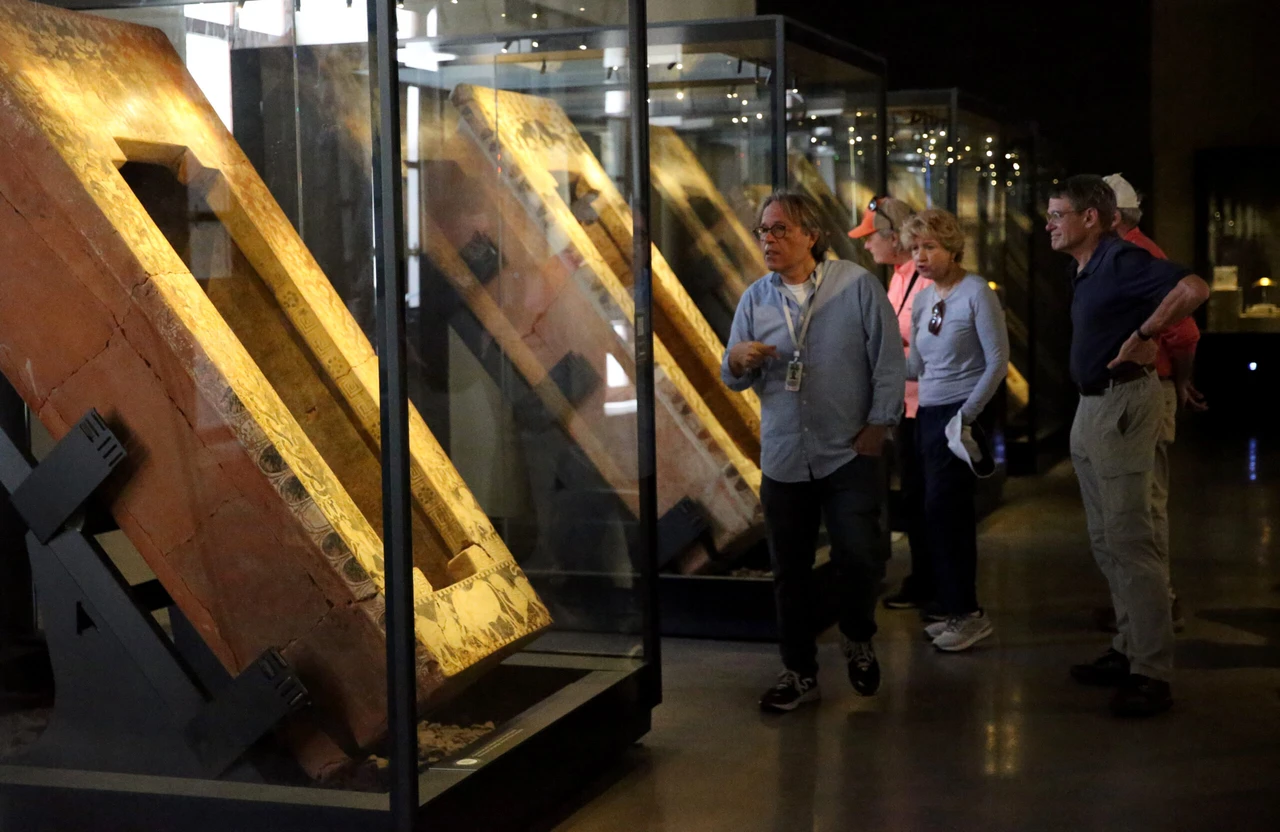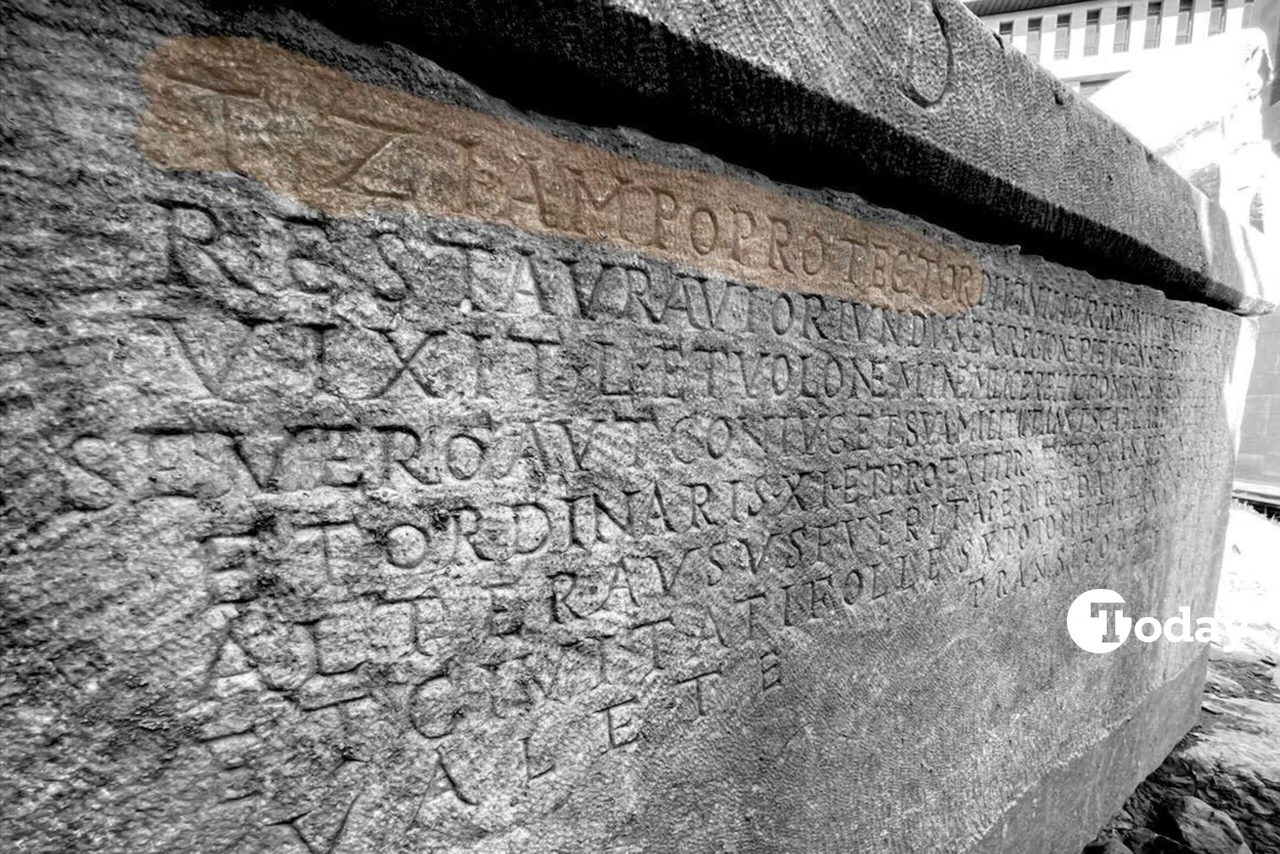Exclusive: Scientists unveil ‘exquisitely preserved’ giant claws in Mongolia, redefining dinosaur evolution
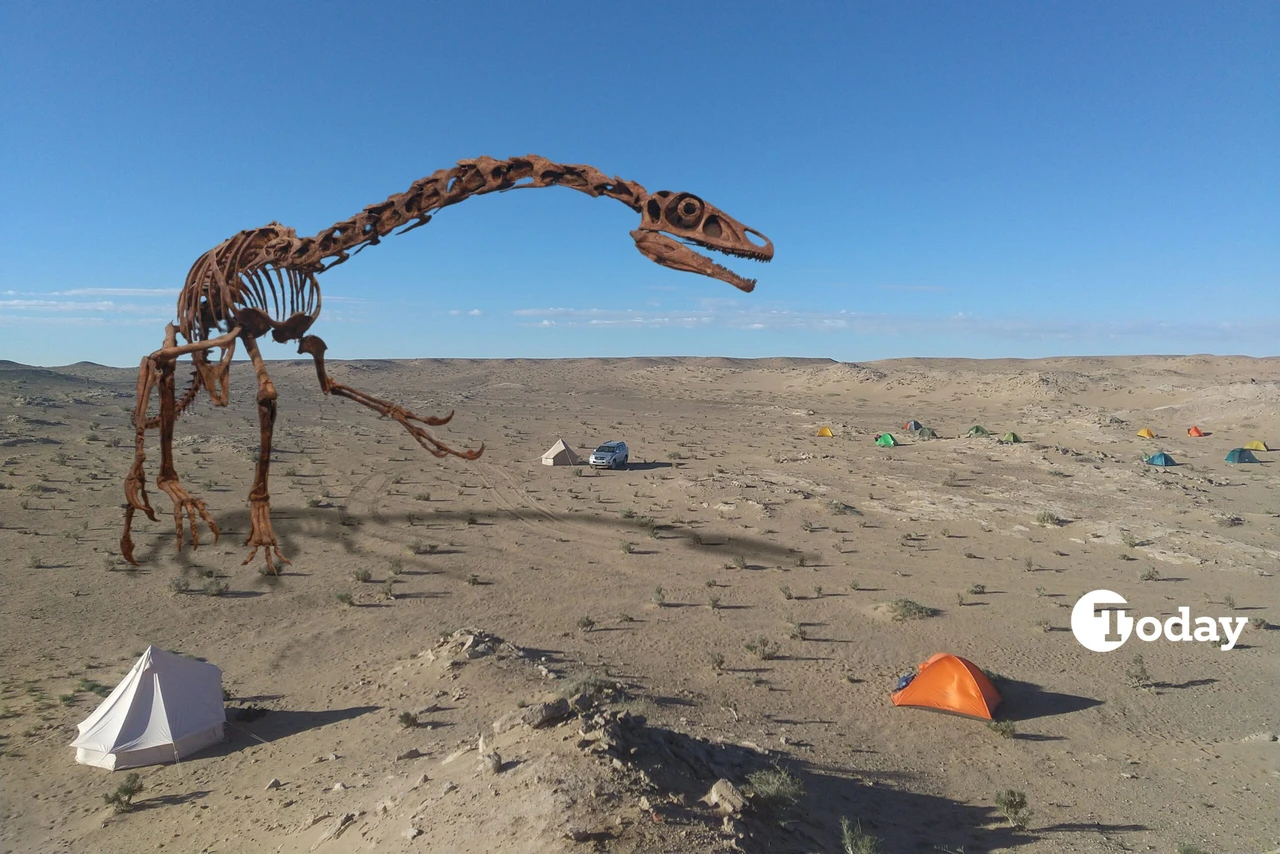 Photo collage of the Gobi Desert in Mongolia, where Duonychus tsogtbaatari was discovered, and a photo of a complete therizinosaur skeleton that does not belong to Duonychus. (Photo collage by Türkiye Today team)
Photo collage of the Gobi Desert in Mongolia, where Duonychus tsogtbaatari was discovered, and a photo of a complete therizinosaur skeleton that does not belong to Duonychus. (Photo collage by Türkiye Today team)
Mongolia’s Gobi Desert has yielded yet another groundbreaking discovery—a new species of therizinosaur, Duonychus tsogtbaatari, that challenges what scientists previously believed about the evolution of these peculiar dinosaurs.
Unlike its relatives, this plant-eating giant possessed only two fingers instead of three, a trait that has astonished paleontologists worldwide.
In an exclusive interview with Türkiye Today, Associate Professors Darla Zelenitsky and Yoshitsugu Kobayashi shared their insights on this exceptional find, detailing how the discovery reshapes our understanding of dinosaur evolution.
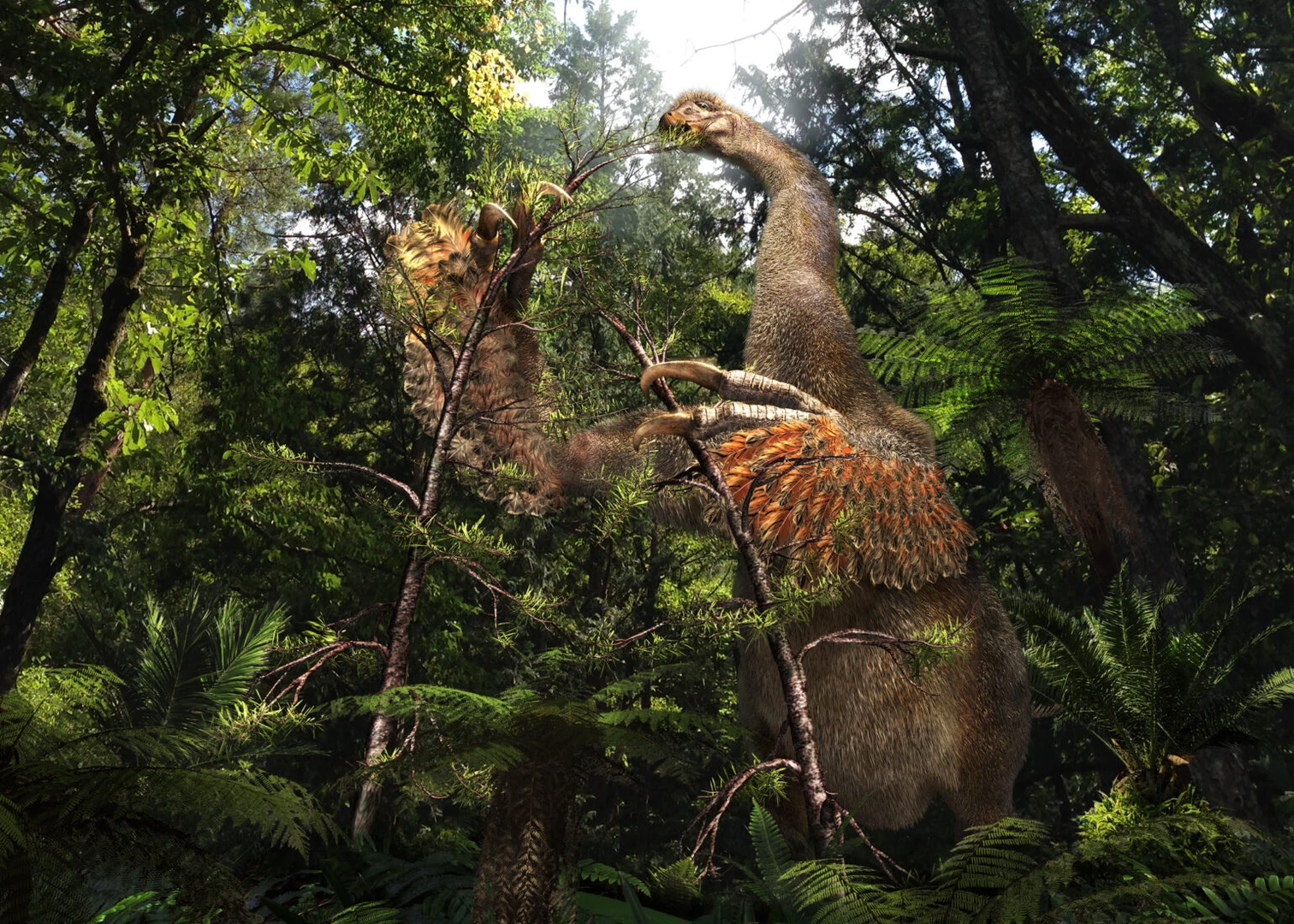
Unraveling mystery of Duonychus tsogtbaatari
Therizinosaurs have long fascinated scientists because of their bizarre anatomy—large, clawed hands, elongated necks, and a diet that transitioned from carnivorous ancestors to herbivory.
However, Duonychus tsogtbaatari is unlike any therizinosaur discovered before. Its two massive, sickle-shaped claws distinguish it from the rest of the group, raising questions about how it used them and why it evolved with fewer fingers.
According to Associate Professor Darla Zelenitsky, a leading paleontologist at the University of Calgary, “The discovery of Duonychus tsogtbaatari is an evolutionary enigma. We expect therizinosaurs to have three fingers, so finding one with only two was shocking.”
Professor Yoshitsugu Kobayashi from Hokkaido University echoed this sentiment, stating, “We believe this adaptation may have been a response to environmental factors or a unique feeding strategy. The large claws could have been used for pulling vegetation closer, much like a modern sloth.”
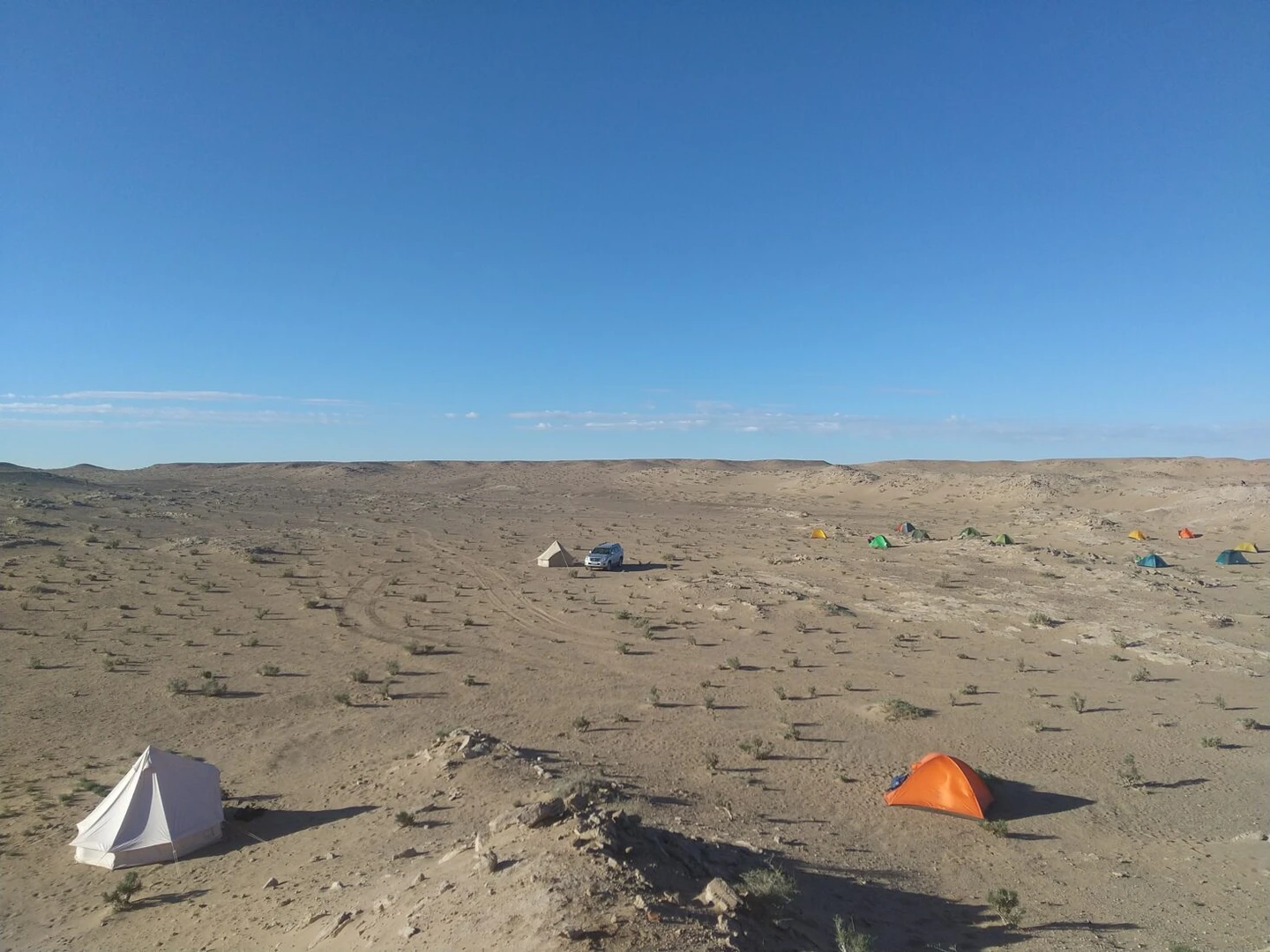
A window into prehistoric Mongolia
The fossilized remains of Duonychus tsogtbaatari were unearthed from the fossil-rich Nemegt Formation in Mongolia’s Gobi Desert. This region is well known for its Late Cretaceous deposits, preserving some of the most significant dinosaur discoveries in history, including the infamous Velociraptor and Tarbosaurus.
Professor Zelenitsky elaborated: “The Nemegt Formation provides an incredible glimpse into a Late Cretaceous ecosystem. What’s unique about Duonychus tsogtbaatari is that it coexisted with large predators yet thrived as an herbivore, relying on its claws for survival rather than speed or size.”

Significance of two fingers
One of the most perplexing aspects of Duonychus tsogtbaatari is its loss of a third finger. Most therizinosaurs, including Therizinosaurus cheloniformis, retained three clawed fingers, which were used for defense and feeding. Why did Duonychus tsogtbaatari diverge from this pattern?
“Evolution often follows unexpected paths,” Professor Kobayashi explained. “Losing a finger could have been an advantage rather than a setback. It may have strengthened the remaining two fingers, allowing for more powerful grasping movements.”
Professor Zelenitsky added, “This discovery forces us to reconsider how therizinosaurs adapted over time. We now have evidence that not all species followed the same evolutionary trajectory.”
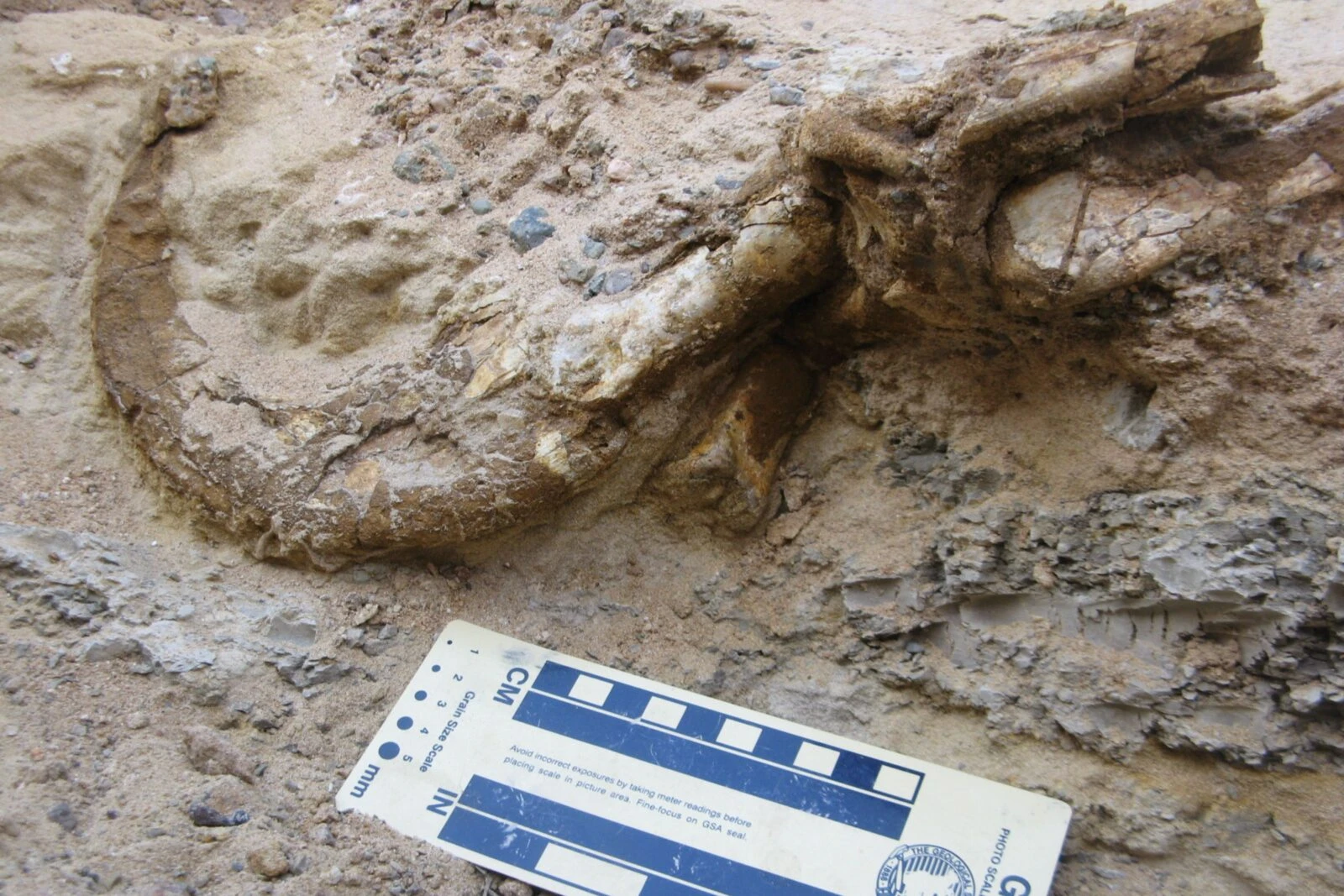
Examining claws: A functional enigma
The exceptionally preserved claws of Duonychus tsogtbaatari offer valuable insights into its behavior. Measuring over a foot long, these claws would have been formidable tools, but their precise function remains debated.
“The curvature of the claws suggests they were not used primarily for defense,” Professor Zelenitsky noted. “They resemble the claws of modern sloths and anteaters, which use them to grasp branches and strip leaves. It’s likely that Duonychus tsogtbaatari employed a similar strategy.”
Meanwhile, Professor Kobayashi proposed an alternative theory: “It is possible that these claws also played a role in social interactions, such as mating displays or intraspecies competition. Therizinosaurs had unique evolutionary pressures, and we’re only beginning to understand how they navigated their environments.”
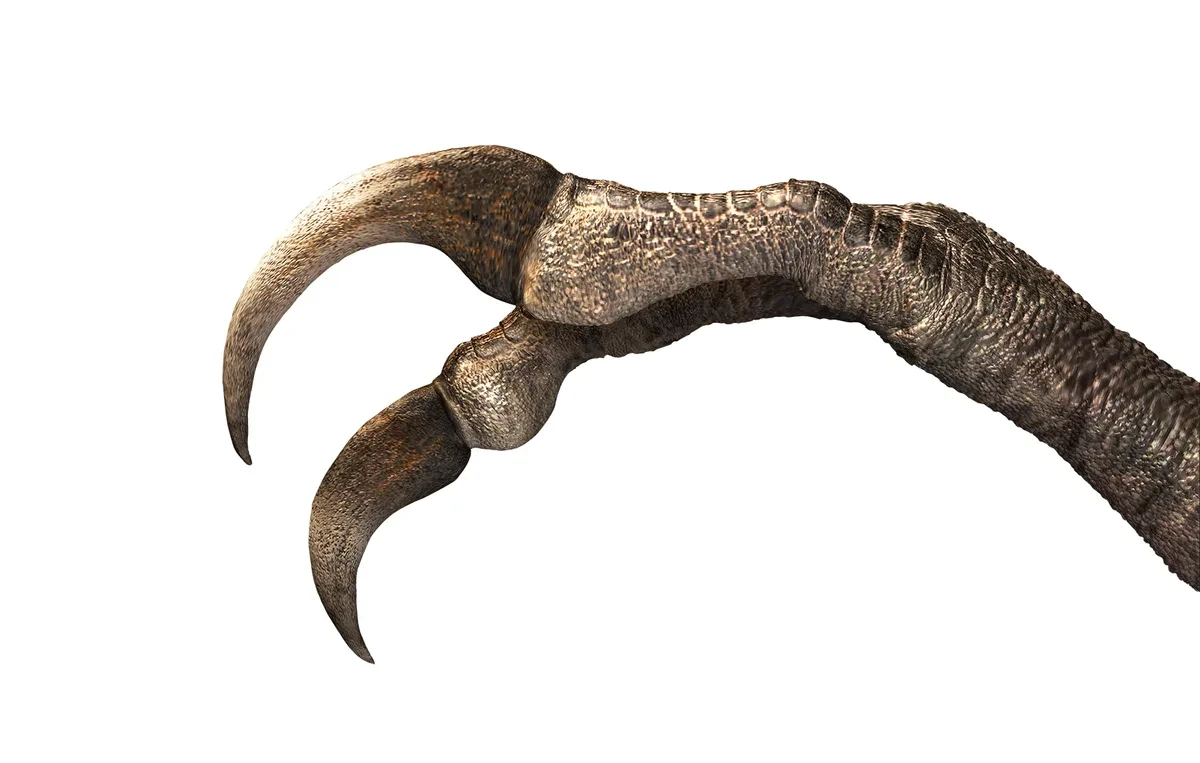
Implications for dinosaur evolution
The discovery of Duonychus tsogtbaatari highlights the complexity of dinosaur evolution. Its two-fingered hands parallel those of Tyrannosaurus rex, suggesting that digit reduction occurred independently in different lineages.
Professor Zelenitsky emphasized, “We often assume that evolution is linear, but discoveries like this remind us that it’s far more intricate. Duonychus tsogtbaatari is a striking example of how different species adapted in unexpected ways.”
Professor Kobayashi agreed, adding: “This find reinforces the importance of continued exploration in Mongolia. We have only scratched the surface of what these prehistoric landscapes can reveal.”
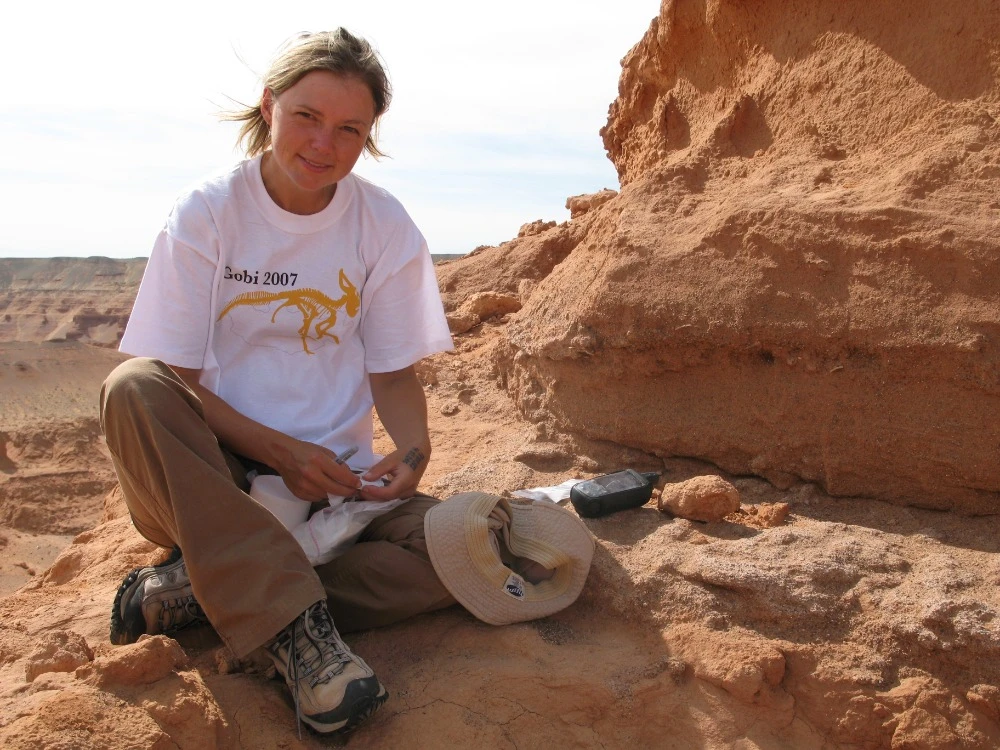
A landmark discovery in paleontology
With Duonychus tsogtbaatari, paleontologists have uncovered a missing piece in the puzzle of therizinosaur evolution. Its unique anatomy raises new questions about how these dinosaurs lived and thrived, challenging long-standing assumptions about their biology.
As Professor Zelenitsky summarized, “We are witnessing a moment in paleontology where one discovery can change how we perceive an entire group of dinosaurs. Duonychus tsogtbaatari is that discovery.”
Professor Kobayashi concluded, “This is just the beginning. We anticipate that further excavations in Mongolia will continue to redefine our understanding of dinosaur evolution.”
As paleontologists dig deeper into the Gobi Desert, one thing is certain: the story of dinosaurs is far from complete. Duonychus tsogtbaatari serves as a testament to the endless surprises waiting to be unearthed beneath the sands of time.

